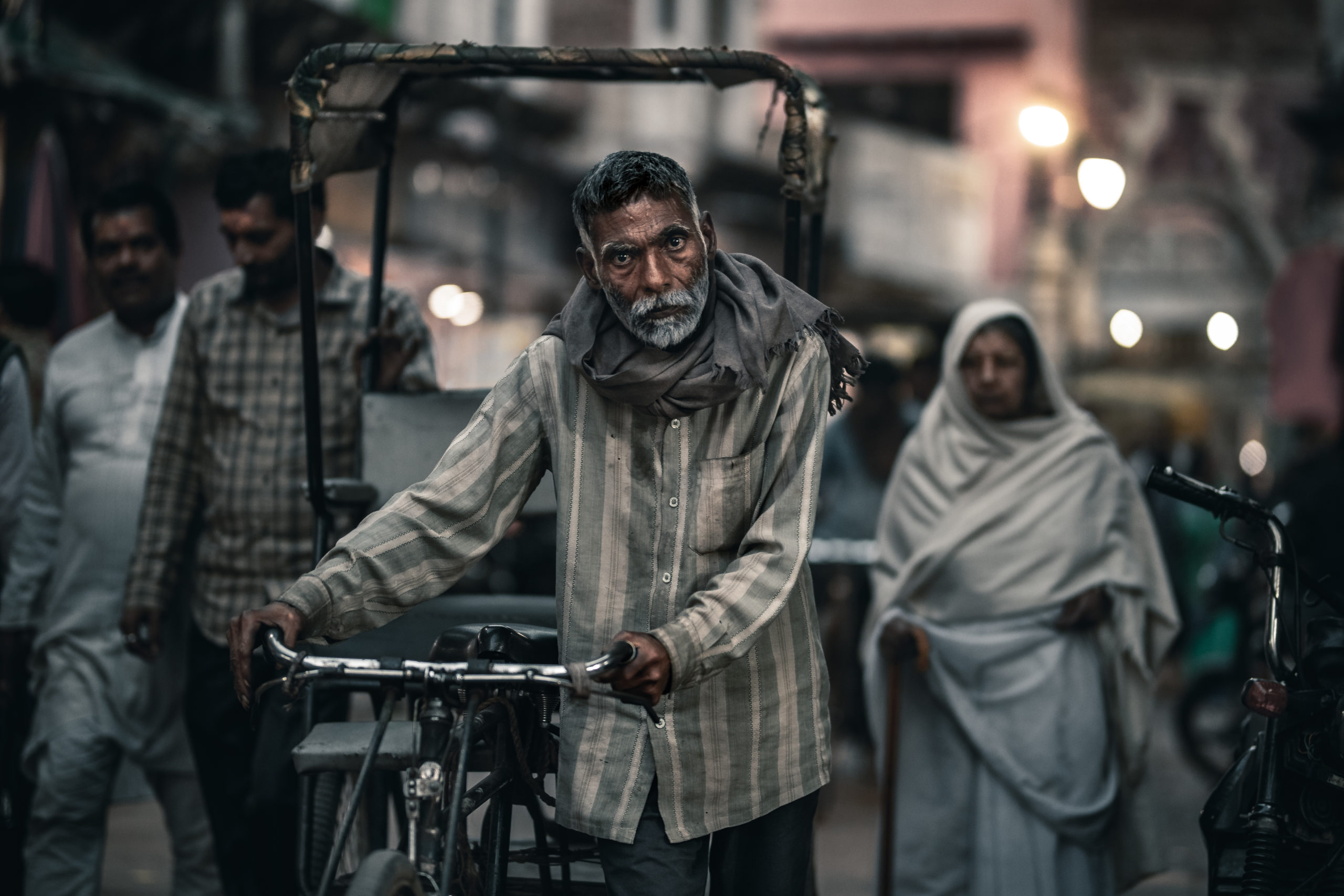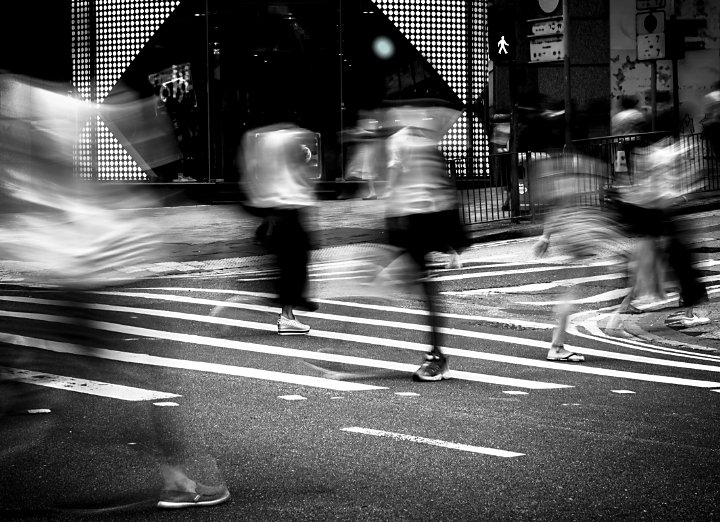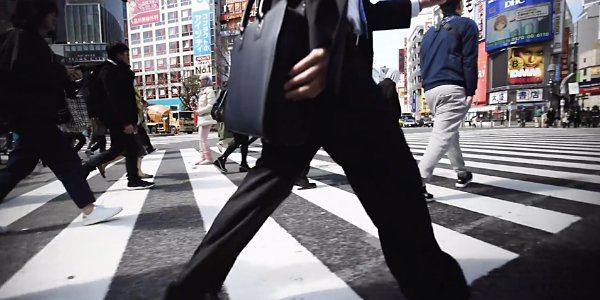The Only Guide for Street Photographers
The Only Guide for Street Photographers
Blog Article
Examine This Report on Street Photographers
Table of ContentsNot known Incorrect Statements About Street Photographers The smart Trick of Street Photographers That Nobody is Talking AboutIndicators on Street Photographers You Should KnowOur Street Photographers DiariesThe 9-Second Trick For Street Photographers
Road digital photographers do not always have a social purpose in mind, however they prefer to isolate and catch minutes which may otherwise go unnoticed.Though he was affected by numerous of those that affected the road photographers of the 1950s and '60s, he was not primarily interested in capturing the spirit of the road. The impulse to visually document people in public started with 19th-century painters such as Edgar Degas, douard Manet, and Henri de Toulouse-Lautrec, that functioned side by side with photographers attempting to capture the essence of urban life.
As a result of the relatively primitive technology available to him and the long direct exposure time needed, he battled to catch the stress of the Paris roads. He try out a collection of photo approaches, trying to locate one that would enable him to capture motion without a blur, and he located some success with the calotype, patented in 1841 by William Henry Fox Talbot. In comparison to Atget, professional photographer Charles Marville was employed by the city of Paris to create an encyclopaedic record of Haussmann's metropolitan planning project as it unfolded, therefore old and new Paris. While the photographers' subject was essentially the same, the results were noticeably different, demonstrating the effect of the digital photographer's bent on the character of the pictures he created.
The Ultimate Guide To Street Photographers
Provided the great quality of his photographs and the breadth of product, designers and musicians frequently purchased Atget's prints to use as reference for their own job, though commercial rate of interests were rarely his main motivation. Instead, he was driven to photograph every last remnant of the Paris he liked. The mingled enthusiasm and urgency of his goal luster through, leading to pictures that narrate his own experience of the city, top qualities that anticipated road photography of the 20th century.

Unlike his peers, Brassa used a larger-format Voigtlnder video camera with a longer exposure time, forcing him to be much more calculated and thoughtful in his method than he may have been if utilizing a Leica. (It is assumed that he may not have actually had the ability to afford a Leica back then, but he did, nonetheless, make use of one in the late 1950s to take colour pictures.) Brassa's pictures of the Paris underworld brightened by man-made light were a discovery, and the compilation of the series that he released, next page (1933 ), was a major success.

Everything about Street Photographers
It is as a result of this basic understanding of the art of picture taking that he is usually credited with finding the medium all over again approximately a century since its development. He took photos for more than a half century and influenced generations of digital photographers to trust their eye and instinct in the minute.
These are the inquiries I shall try to answer: And after that I'll leave you with my own meaning of road photography. Yes, we do. Allow's begin with defining what an interpretation is: According to it is: "The act of defining, or of making something precise, distinct, or clear".
No, definitely not. The term is both restricting and misdirecting. Seems like a street photography need to article source be photos of a streets right?! And all road photographers, with the exception of a handful of absolute beginners, will totally appreciate that a road is not the essential part to street digital photography, and actually if it's an image of a road with possibly a few boring individuals doing absolutely nothing best site of passion, that's not road photography that's a picture of a street.
The 6-Minute Rule for Street Photographers
He makes a valid factor don't you believe? Nevertheless, while I agree with him I'm unsure "candid public photography" will certainly capture on (although I do sort of like the term "honest digital photography") because "road digital photography" has been around for a long time, with lots of masters' names affixed to it, so I believe the term is right here to remain.
You can fire at the beach, at a celebration, in an alley, in a park, in a piazza, in a coffee shop, at a museum or art gallery, in a city station, at an occasion, on a bridge, under a bridge ...
Street Photographers for Beginners
Yes, I'm afraid we worried no choice! Without policies we can not have an interpretation, and without a definition we do not have a category, and without a style we don't have anything to specify what we do, and so we are stuck in a "policies meaning category" loop! - Street Photographers

Report this page